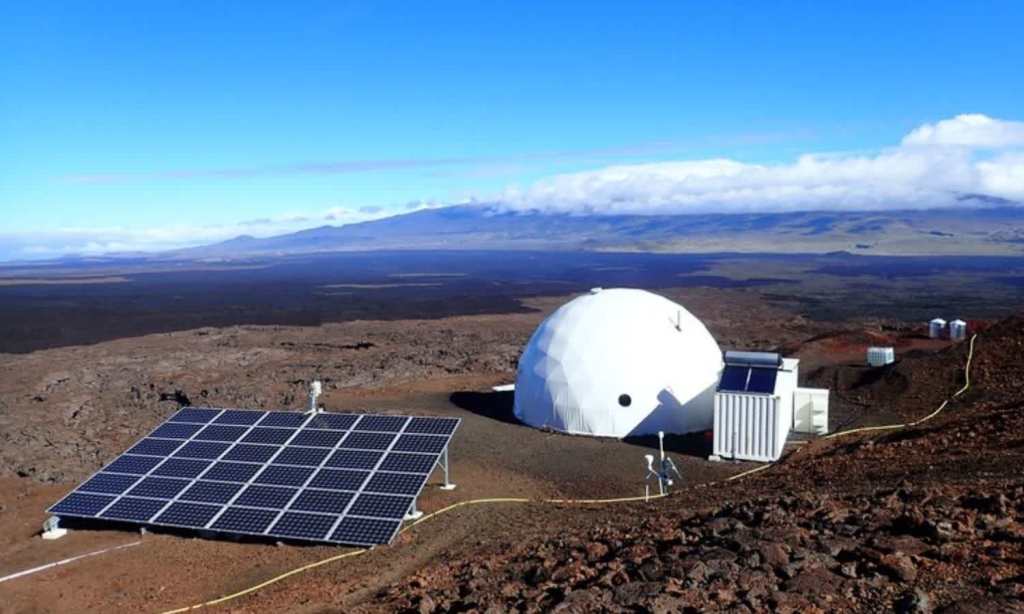We’ve never heard so much about Mars than in 2021. It seems that a combination of technology’s evolving capabilities and a little bit of Elon Musk is all the science world needed to make groundbreaking discoveries about Mars.
Not only might there be present-day life on Mars we never knew about, but NASA has also managed to create oxygen on the red planet for the first time ever. People are getting so excited, they’re even designing liveable cities to build on Mars as soon as 2024.
Given these developments, it’s only natural for there to be astronauts that have begun training to survive on Mars. Somewhere along Mauna Loa in Hawaii there’s a dome that is currently housing a program called HI-SEAS. Hawaii Space Exploration Analog and Simulation (HI-SEAS), is an analog habitat for human spaceflight to Mars.
It’s pretty important to acknowledge that this human spaceflight to Mars has been the subject of science fiction since the 1880s and of aerospace engineering and scientific proposals since the 1940s. Safe to say, that although it may seem that advancement on space travel, especially to Mars, has been on people’s minds for a long while.
HI-SEAS looks like a massive white golf ball that has been half-buried, giving it a dome shape. Inside, it holds six small rooms, a bathroom, a kitchen, a research lab, and a relaxation area, while outside, it’s surrounded by solar panels and is attached to a shipping container for storage. The HI-SEAS dome has Mars-like features and an elevation of approximately 8,200 feet (2,500 m) above sea level.
Within the white dome of HI-SEAS is a rotating group of six people who live and train together for weeks or even months at a time. They’re totally disconnected from the world outside the dome, as they prepare for one thing: to one day live on the Moon and Mars.
The whole point of HI-SEAS is to simulate conditions on Mars. The location, Mauna Loa in Hawaii, is actually an active volcano, with the surrounding landscape covered in hollowed-out lava tubes that once held torrents of molten lava.
Mauna Loa’s volcanic terrain is actually made up of material similar to what is on the Moon today, as well as what is expected to be on areas of Mars. This natural simulation of an environment — finding a natural environment here on Earth that is close to what we can expect on Mars — allows geologists and astrobiologists to figure out what it will take to create a life on the red planet.
An average day at HI-SEAS sees the scientists and astronauts-in-training living in the dome, exploring the lava tubes, conducting research and testing out new equipment. They communicate daily with mission control, which requires a 20-minute delay on Mars and survive on a diet of freeze-dried food and limited water.
Think of it as boot camp for future homeowners, the Mars edition.
The HI-SEAS missions are a part of efforts by the International MoonBase Alliance (IMA)—an association that seeks to unite space agencies, space companies and scientists—to emulate what life really could look like, to practice the standard procedures that may become our new normal, and to learn how to interact with whatever life might already exist.
They’re preparing for extraterrestrial life, but does that mean we should too? I think it’s time to re-visit forgotten sci-fi movies of the 1940s, at least.
Read more stories from The Latch and subscribe to our email newsletter.







